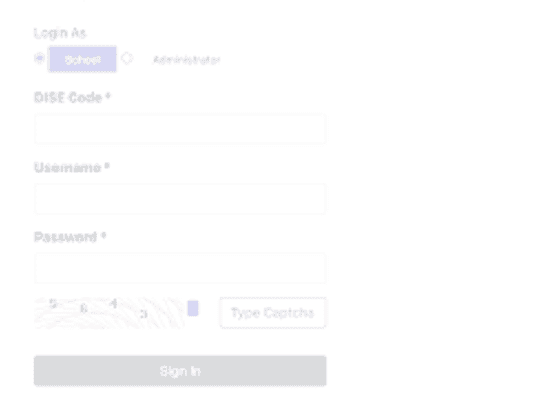In the vast and competitive landscape of e-commerce, every click counts. However, clicks alone do not guarantee success; they must be converted into meaningful actions—purchases, sign-ups, or other desired outcomes. E-commerce emerges as a potent strategy to bridge this gap between clicks and conversions. By tailoring the online shopping experience to individual preferences, interests, and behaviors, businesses can significantly enhance their conversion rates and overall success. Delve into the intricacies of e-commerce personalization and explore actionable strategies to turn clicks into conversions effectively.
Understanding E-Commerce Personalization
Before delving into strategies, it’s crucial to understand what e-commerce personalization entails. At its core, e-commerce involves the customization of the online shopping experience to suit the preferences and needs of individual users. This customization can span various aspects of the e-commerce journey, including product recommendations, personalized marketing messages, tailored offers, and dynamic website content. By leveraging customer data, insights, and advanced technologies such as machine learning and artificial intelligence (AI), businesses can deliver highly relevant and engaging experiences that drive conversions.
Importance of Personalization in E-Commerce
The significance of personalization in e-commerce cannot be overstated. In today’s hyper-competitive digital landscape, consumers are inundated with choices. It serves as a powerful tool to cut through the noise and capture the attention of potential customers. By providing personalized recommendations, relevant content, and tailored shopping experiences, businesses can foster deeper connections with their audience, leading to increased engagement, loyalty, and ultimately, conversions. Moreover, personalized experiences not only enhance the customer journey but also contribute to long-term customer relationships and brand advocacy.
Leveraging Data for Personalization
Central to effective e-commerce is the utilization of data. By harnessing customer data from various sources such as website interactions, purchase history, demographic information, and social media activity, businesses can gain valuable insights into individual preferences and behaviors. Advanced analytics tools and algorithms can then process this data to generate actionable insights, enabling businesses to deliver personalized experiences at scale. However, it’s essential to prioritize data privacy and security while collecting, storing, and utilizing customer data to maintain trust and compliance with regulations.
Implementing Personalization Across the E-Commerce Journey
It should permeate every stage of the e-commerce journey, from initial engagement to post-purchase interactions. Here’s how businesses can implement customization effectively across key touchpoints:
Personalized Product Recommendations
One of the most impactful applications of e-commerce personalization is personalized product recommendations. By analyzing past purchase behavior, browsing history, and demographic data, businesses can suggest relevant products that resonate with individual preferences and interests. Whether through on-site recommendations, email campaigns, or targeted advertisements, personalized product recommendations can significantly influence purchasing decisions and drive conversions.
Dynamic Website Content
Dynamic website personalization allows businesses to tailor the online shopping experience in real-time based on user behavior and preferences. From personalized landing pages and product listings to dynamic pricing and promotional banners, dynamically generated content ensures that each visitor encounters a relevant and engaging interface. This not only enhances user experience but also increases the likelihood of conversion by presenting relevant information and offers to the right audience at the right time.
Personalized Email Marketing
Email marketing remains a potent tool for driving e-commerce conversions, especially when personalized. By segmenting email lists based on customer preferences, purchase history, and engagement levels, businesses can craft highly targeted and relevant email campaigns. Personalized content, such as product recommendations, exclusive offers, and personalized subject lines, can significantly boost open rates, click-through rates, and ultimately, conversion rates.
Also read: How to Build a Business From Home: Six Potentially Lucrative Opportunites
Tailored Promotions and Discounts
Offering personalized promotions and discounts is another effective strategy for driving conversions in e-commerce. By analyzing customer data and segmenting audiences based on factors such as purchase history, browsing behavior, and demographic information, businesses can deliver targeted discounts and incentives to encourage conversions. Whether through personalized discount codes, targeted promotions, or loyalty rewards, tailored offers make customers feel valued and incentivize them to complete their purchases.
Optimizing the Checkout Experience
The checkout process is a critical juncture where many potential conversions are lost. Optimizing the checkout experience with personalization can help mitigate cart abandonment and increase conversion rates. By simplifying the checkout process, offering guest checkout options, and pre filling form fields with saved customer information, businesses can streamline the purchasing journey and reduce friction. Additionally, personalized recommendations for related products or complementary items during checkout can encourage upsells and increase order value.
Measuring and Iterating Personalization Efforts
To ensure the effectiveness of e-commerce strategies, businesses must continuously measure, analyze, and iterate their efforts. Key performance indicators (KPIs) such as conversion rate, average order value, and customer lifetime value can provide insights into the impact of initiatives. A/B testing, user feedback, and data analytics tools can help identify areas for improvement and refine strategies over time. By adopting a data-driven approach and staying responsive to customer preferences and behaviors, businesses can optimize their efforts for maximum impact and sustained growth.
Conclusion
E-commerce holds immense potential for turning clicks into conversions and driving sustainable business growth. By understanding the importance of personalization, leveraging data effectively, and implementing personalized experiences across the e-commerce journey, businesses can enhance engagement, foster customer loyalty, and ultimately, increase conversion rates. However, it is not a one-time endeavor; it requires ongoing investment, refinement, and adaptation to evolving consumer preferences and technological advancements. By prioritizing it as a core strategy and staying committed to delivering exceptional, tailored experiences, businesses can unlock the full potential of e-commerce and thrive in an increasingly competitive digital landscape.








